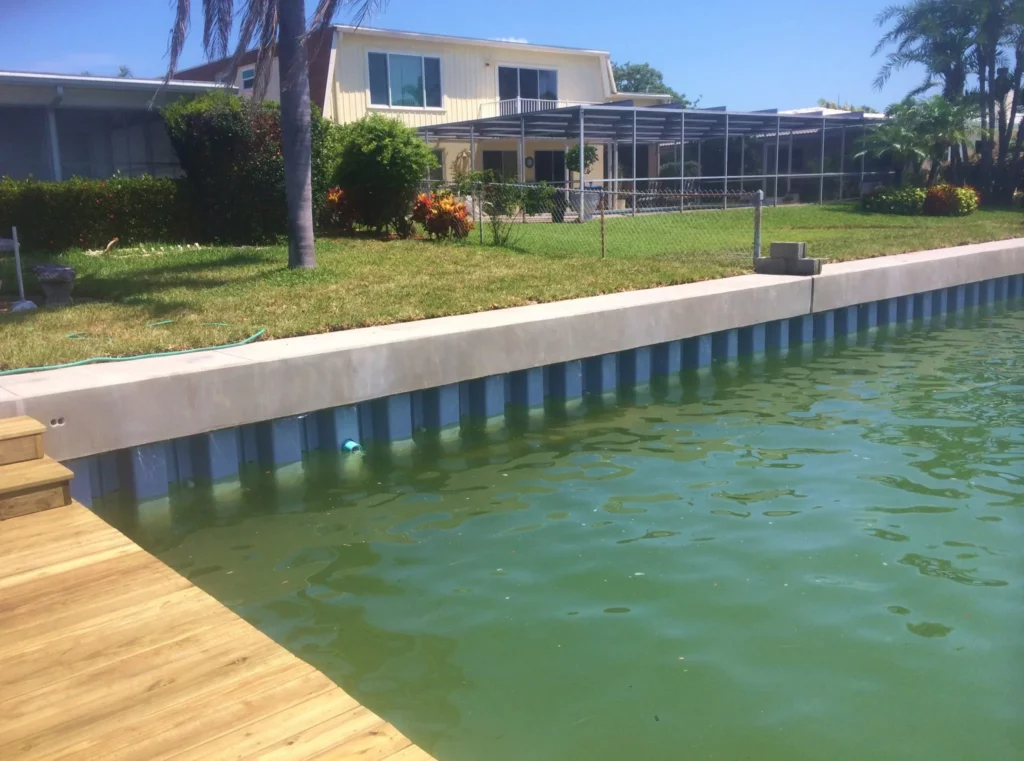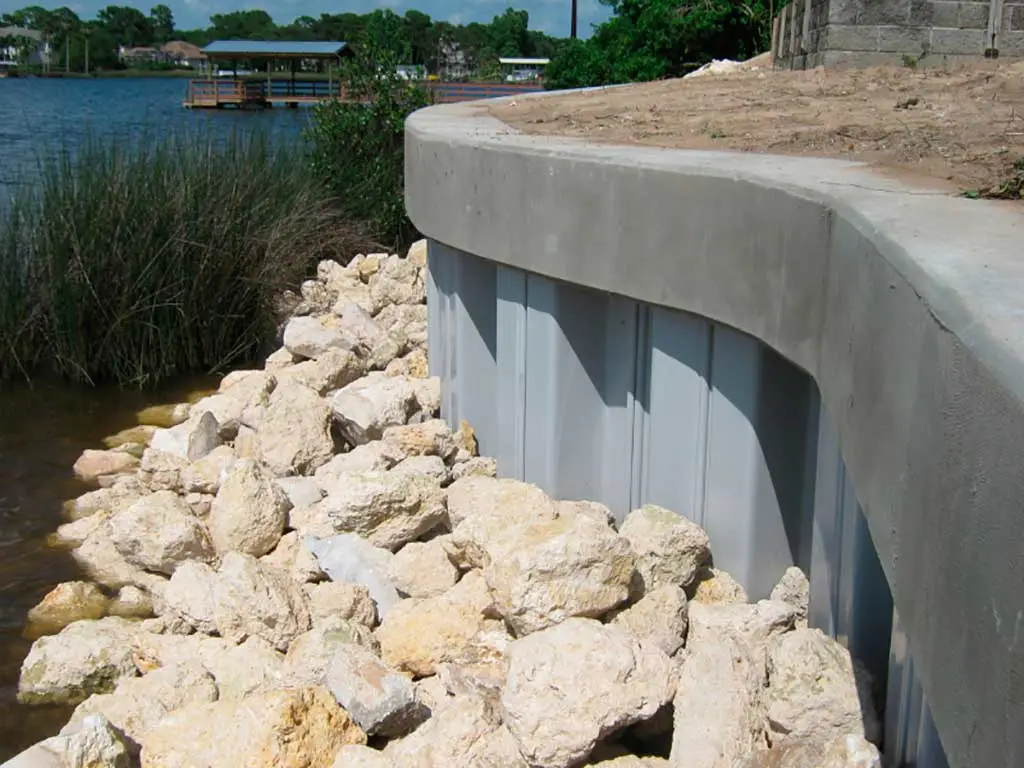Quick Guide to Vinyl Seawalls
Living near water bodies has its perks, from breathtaking views to recreational activities. However, it also comes with challenges, including the need to protect your property from erosion caused by water and weather. Vinyl seawalls are an excellent solution for homeowners looking to safeguard their waterfront properties. In this quick guide, we will break down everything you need to know about Vinyl Seawalls, including their benefits and how they work.
Quick Guide to Vinyl Seawalls Read More »








